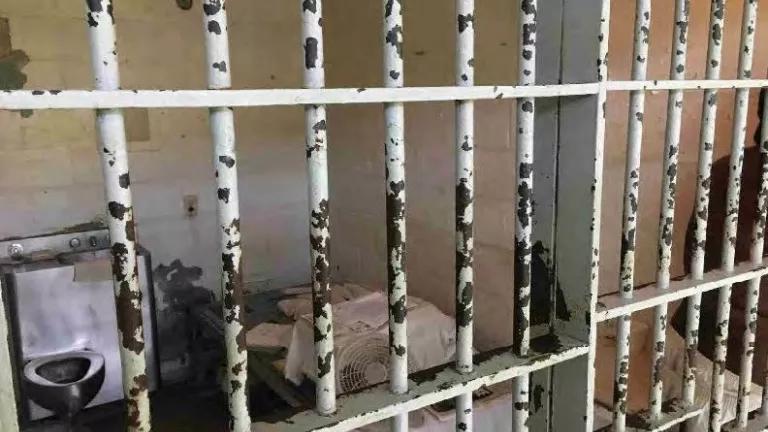Small Water Systems in Puerto Rico Badly Affected by Maria

Small water systems in Puerto Rico tend to be found in remote and rural areas, which were hard hit by Hurricane Maria. How badly were they affected by the storm? NRDC has obtained the results of an assessment of 237 small, independent water systems conducted by EPA after Maria, serving a total population of about 89,100 people. These assessments were conducted in November and December 2017. They show that nearly half of the small systems—at least about 48 percent of those that reported—suffered from a significant deterioration in operational capacity several months after the storm, in some cases leading to a total inability to deliver water to residents.
At least 42 small water systems reported needing a power generator or solar panels, and 48 sites reported needing generator fuel. In addition, at least 37 sites did not have chlorination tablets, or needed water treatment or equipment necessary to purify the water. Others sustained damage to pipes and storage tanks, or were inaccessible because of storm debris.
The majority of Puerto Rico’s population is served by water systems operated by the Puerto Rico Aqueduct and Sewer Authority (“PRASA”). Cities served by PRASA water systems have enjoyed the bulk of the hurricane coverage, simply because more is known about the damage inflicted to these water supplies. However smaller, independent community water systems (“non-PRASA systems”) have faced unique challenges after Hurricane Maria. These systems have historically struggled to comply with safe drinking water standards, particularly for coliform bacteria and turbidity. The communities they serve face a severe lack of technical and financial capacity to redress long-standing issues and remedy storm damage to water supplies.
The records obtained by NRDC shed more light on how small water systems were affected by the storm. At the close of 2017, EPA’s assessment shows, 22 sites, all non-PRASA water systems, were classified by EPA as “red,” meaning that that they needed emergency potable water, because they were not able to provide water, had no power, and/or had no generator. EPA classed 26 sites as “orange,” indicating that the systems required major repairs, and/or were in need of a generator or a power source. And 14 sites were classed as “yellow,” meaning that systems were damaged and still in need of repairs but were still functioning.
Unfortunately, there was a wide degree of variability in the level of detail in reporting hurricane-related damage, with many self-reported assessments providing only information on the operational status of the system. However, a survey of the water systems reporting damage provides crucial insight into how Maria impacted small systems. For example, several systems described damage to source water pipes and distribution lines. Others said that entire wells or pumping systems had sustained damage. Some sites had pipes that were clogged or sites that were inaccessible due to hurricane debris. Systems also reported damage to chlorination systems that are used to treat water for bacterial contamination, suggesting that drinking water quality has worsened since the hurricane.
The lack of a comprehensive assessment of damage sustained by non-PRASA drinking water facilities after Maria may stymie the flow of federal aid to these vulnerable communities for safe drinking water. These systems are in desperate need of not only damage repair, but also technical and resource assistance. As such, it remains vitally important for EPA or FEMA to contract a more detailed assessment of the impact of Maria on small water systems, and these systems’ vulnerability to future natural disasters. Such an assessment should also investigate the viability of connecting isolated communities to larger municipal water systems.
As Puerto Rico’s government creates a plan to prioritize federal funds for infrastructure projects after Maria’s landfall, small water systems, and the communities they serve, shouldn’t be left out of the mix.



